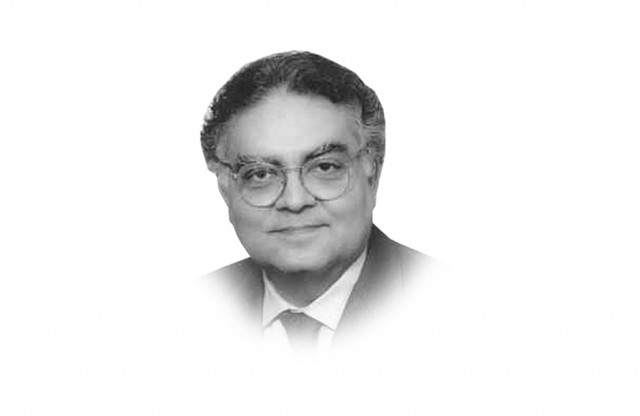Creating fiscal space
Even when elected governments have been in power, governance in Pakistan has been by the elite and for the elite.

Since the word ‘structure’ has been loosely used in the current debate in Pakistan, one may venture to define it in the present context as follows: Structure means the design features of Pakistan’s economy which have shaped the pattern and pace of economic growth. At the level of governance, it is the premise of the paradigm within which strategic decisions are taken.
In terms of this definition, it can be shown that the observed failure to sustain economic growth without large injections of foreign aid, and the acute interpersonal and inter-regional economic inequalities originate in the economic structure. This structure consists of an institutional framework which generates unearned income (rents) for the elite by systematically excluding the majority of the people from the process of economic growth. Structural change in Pakistan’s economy would involve a change in the institutional framework whereby the middle classes and the poor can begin to participate in the process of economic growth as subjects, rather than as mere recipients of a ‘trickle-down effect’.
In terms of fiscal policy, governance for the people would require substantially reducing unproductive current expenditure of the government through the following initiatives: (I) Twenty-five ministries can be either dissolved or rationalised, thereby saving Rs91.5 billion. (II) The Rs140 billion expenditure on financing the losses of public sector corporations can be eliminated by restructuring and privatising those entities. (III) Badly targeted subsidies, on which about Rs329 billion is being spent, should be withdrawn and some part of the money saved can be directed to expand the coverage of the social protection programme for the poor. (IV) The total public debt at Rs9.47 trillion is unsustainable. The debt servicing cost has reached Rs839 billion, which is over 40 per cent of total government revenue. Drastic measures need to be taken to reduce the debt stock by retiring some of the debt with the proceeds of the privatisation of public sector corporations such as PIA, Pakistan Railways and the Pakistan Steel Mills; sale of some of the state-owned real estate which is being used for unproductive purposes as perks for government officials.
On the revenue side, the following measures should be undertaken with the aim of increasing the tax-to-GDP ratio from the present 9 per cent to 16 per cent, over the next three years: (I) A substantial property tax on the rich. (II) A presumptive agriculture income tax of Rs1,000 per acre on irrigated agriculture holdings above 25 acres and Rs500 per acre on un-irrigated holdings above 50 acres. (III) A capital gains tax. (IV) A presumptive income tax on retail outlets in affluent localities. (V) Imposition of the revised generalised sales tax on services.
The fiscal space afforded by these measures would enable the government to focus on providing safe drinking water, health and education for the people. Funds would also then be available to build infrastructure, facilitate the growth of small and medium sized firms in the industrial sector and small farms in the agriculture sector for an employment intensive and equitable economic growth process. At the same time, large corporations with equity stakes for the poor can be established through public-private partnerships. This would set the stage for a structural change that could help achieve economic growth for the people and by the people.
Published in The Express Tribune, February 15th, 2011.
















COMMENTS
Comments are moderated and generally will be posted if they are on-topic and not abusive.
For more information, please see our Comments FAQ